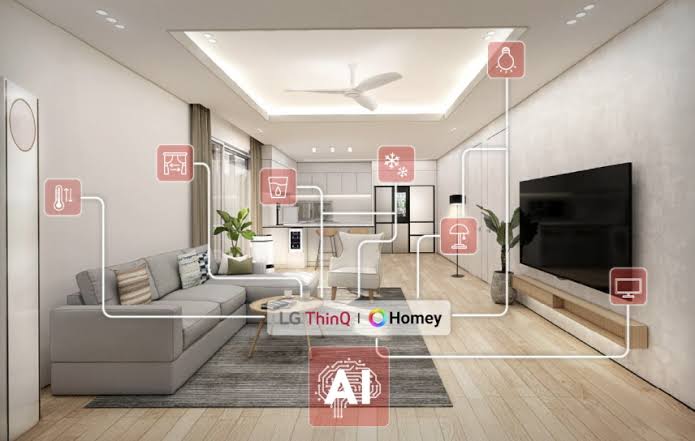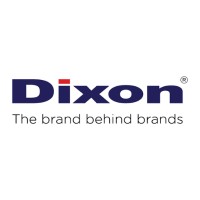 Image Source: LG
Image Source: LG
The smart home world saw a major development as LG’s acquisition of Homey, the open smart home platform built by Dutch startup Athom, began delivering results that are sending shockwaves through the industry. Here’s a comprehensive update on how Homey is accelerating LG’s smart home ambitions, the new technology synergies at play, and what homeowners and tech fans should watch for next.
Introduction: LG’s Play for Smart Home Supremacy
When LG acquired Athom, creators of the Homey ecosystem, in July last year, it was a decisive step to break Samsung’s near monopoly with SmartThings. The move instantly handed LG control of an open platform that already works with more than 50,000 devices—including those from Philips Hue, Sonos, Aqara, IKEA, and many more—across every smart home protocol. While skeptics compared it to Samsung’s 2014 SmartThings purchase, LG’s approach surprised observers: Homey would operate independently, keeping its brand, agility, and privacy-first focus, but now with the full resources of LG behind it.
Key Highlights of the LG–Homey Collaboration
-
Homey is still led by its founders and has kept its entire team post-acquisition. LG aims for a dual-brand strategy, empowering both parties to innovate quickly and independently.
-
The ThinQ API, introduced by LG last December, now directly connects Homey with LG’s flagship products, dramatically simplifying unified control and automations for end users.
-
Homey and LG are jointly pushing new energy management tools: Homey’s app now lets users monitor and automate electricity, gas, and even EV charging, thanks to new features and hardware launches rolled out this year.
-
Homey’s openness means that LG-branded smart home hubs—like the new ThinQ ON speaker—now quietly run on Homey’s operating system, bringing Matter, Zigbee, Wi-Fi, and Thread compatibility to a wide audience.
What’s Changing for Smart Home Users?
ThinQ Meets Homey: Frictionless Interoperability
LG ThinQ devices—including washers, dryers, TVs, AC units—can now be managed and automated through Homey’s cloud or local hub system.
Personalized routines are easier than ever: Start a movie on your LG TV and instantly have your Hue lights dim, Aqara curtains close, and LG AC set to the right temperature, all via Homey Flows.
Homey’s expansive compatibility means non-LG devices join the party, empowering users to create real cross-brand automations with a unified interface.
Energy Management Revolution
Homey’s newly launched Energy tab (beta, available now) and the Homey Energy Dongle (shipping March in key European markets) let you visualize and act on real-time, historical, and device-level energy use.
The app supports solar production data, tracks EV charging, and can soon automate actions based on dynamic energy prices, letting you save on bills with automations like charging your car when rates drop.
This robust energy management is co-developed with LG, broadening reach for ThinQ and ensuring Homey’s energy solutions get access to world-class hardware and distribution.
Continued Independence and Next Steps
Homey is not being merged into LG’s webOS or ThinQ camp. Instead, it retains its independent, privacy-centered development, while leveraging LG’s supply chain, hardware expertise, and market reach.
LG’s investment has already sped up new hardware releases, such as the Homey Pro Mini, which benefited directly from LG’s design input.
Both companies hint at deeper hardware-software integrations ahead—expect LG TVs and appliances to play a central hub role, uniting all household automations and energy management in one seamless system within the next year.
What This Means
LG’s acquisition and backing of Homey marks a new era for consumers and smart home innovation alike. Unlike closed ecosystems, Homey and LG’s dual-brand approach is driving cross-brand, protocol-agnostic automations, smarter energy management, and a much more open foundation for future smart home solutions. All while keeping the agility, privacy, and independence that made Homey popular—now on a global scale.
Original source: Forbes
Advertisement
Advertisement







